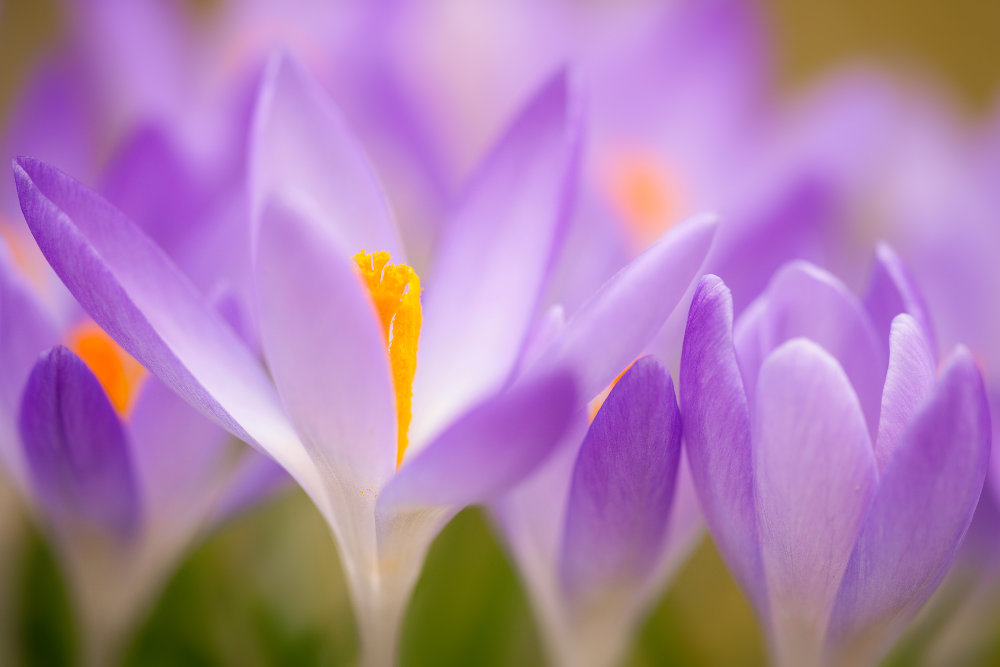February is the month when we start to see the first signs of Spring. Daffodils and crocus are blooming and fresh tulip shoots are starting to show themselves. Days are getting longer and when the Sun is out it can reach some very pleasant temperatures in the garden. Perfect for getting outside and tackling a few gardening jobs.
Quick checklist for February gardening tasks
- Prepare vegetable seed beds, and sow some vegetables under cover
- Chit potato tubers
- Protect delicate blossom on apricots, nectarines and peaches from frost damage
- Cover fruit and vegetable crops with netting to save your crops from the birds
- Prune winter-flowering shrubs that have finished flowering
- Divide and plant in-the-green bulbs (snowdrops, bluebells and aconites)
- Prune wisteria, jasmine and cut back group 3 clematis
- Prune hardy evergreen hedges and renovate overgrown deciduous hedges
- Prune conservatory climbers
- Cut back deciduous grasses such as miscanthus.
Flower beds, borders and pots
Keep your Winter pots and baskets looking great throughout Spring by popping out every now and then to deadhead winter pansies and bedding plants.
Now is the time to cut back deciduous ornamental grasses that have been providing interest in your borders during the Winter months. Cut down to the base of old stems being careful not to cut into new growth that may already be starting to show.
To continue enjoying your display of hellebores, remove old leaves for the best view of their flowers and to prevent foliar diseases.
Wait until the end of February to prune back the stems of pot-grown overwintered fuchsias and place in a warm sunny spot to promote fresh new growth for this years display.
Increase your display of snowdrops, bluebells and winter aconites by planting bulbs-in-the-green (when the bulb is actively growing, in flower or after flowering when they are beginning to die back). Or lift, divide and plant bulbs from existing displays in your garden. These types of native bulb are particularly suited to creating naturalising drifts of colour in grass or under trees and shrubs.
Likewise divide clumps of herbaceous perennials to increase your display around the garden, or improve the display of those that have grown too large for their space or lost their shape.
Sharpen your secateurs and start pruning
February is a busy time of year for pruning trees, shrubs and climbers.
Prune trees (other than ornamental cherries, plums and almonds) to remove overcrowded growth, crossing stems, and dead, damaged, or dying branches. Ideally you want to create an open centre that allows air to circulate, to reduce the risk of pests and diseases.
Prune summer-flowering deciduous shrubs, particularly those that flower on current year’s growth. These include shrubs such as Buddlijas, Hydrangeas, Lavatera and hardy fuschias.
Keep ornamental vines under control by cutting them back to keep them away from windows, doors, gutters and roof tiles.
Cut back sideshoots shorted by summer pruning on wisteria to two or three buds. Be careful not to cut off flower buds as you do this.
Cut back group 3 clematis (summer and autumn flowering) to the lowest pair of strong buds.
Prune winter and summer flowering jasmine and tie in lose stems to maintain shape and keep it looking neat.
The flowers on winter flowering heathers will soon start to fade. Give these a quick trim with a pair of shears to stop the plants becoming leggy and bare.
Improve your soil for spectacular summer displays
Once you’ve finished pruning, now is the time to continue preparing new beds and borders for planting vegetables and flowers in Spring. Clear weeds and dig in plenty of organic matter to help improve drainage.
Once existing beds have been cleared of weeds give your plants and shrubs a boost with a generous sprinkle of fertilizer such as blood, fish and bone, followed by a deep covering of mulch. This will help condition the soil, suppress weed growth and conserve soil moisture during summer months.
Before adding feed to your soil it’s worth testing the pH balance and nutrient level of your soil. This will help rectify nutrient deficiencies and allow you to choose the most suitable plants for your garden. Most garden centres have a wide array of simple to use tests.
Plant trees and shrubs
Keep planting new hedging plants, shrubs, trees and climbers. Stake trees into the prevailing wind and use rubber tree ties to avoid damaging the bark. If rabbits are common visitors to your garden place rabbit guards around the base of trees to prevent damage to the rootball or bark.
Check tree ties and stakes on existing trees and replace, tighten or slacken as required.
Plant roses avoiding areas in which they previously grew to avoid transferring diseases.


